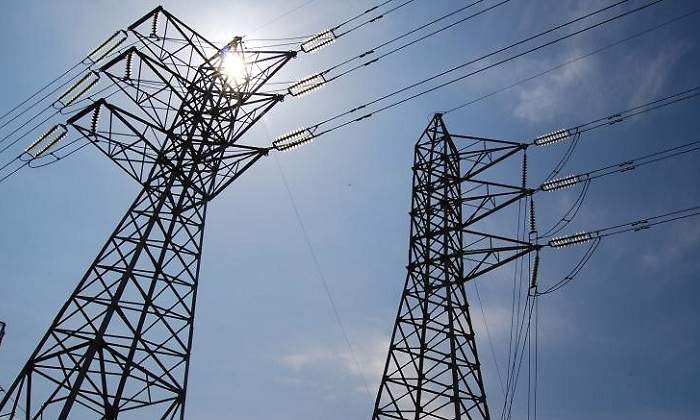The Diplomat
A consortium led by Iberdrola has been selected to bid for the construction and operation of the first long-distance direct current line in Chile, with a planned investment in the development of this infrastructure of more than 2,500 million dollars (2,160 million euros), the company said in a statement.
Specifically, it is a line that will run 1,500 kilometres of 600 kV lines and a capacity of 3,000 megawatts (MW) between the Kimal substation, in the Antofagasta region, and Lo Aguirre, in the Metropolitan region.
The consortium is made up of the Spanish company, which holds a 60% stake, together with Celeo -owned by Spain’s Elecnor- and the Dutch pension fund APG.
In the statement, the company chaired by Ignacio Sánchez Galán highlighted its good relationship with Elecnor, with which it “collaborates on numerous national and international projects and with more than a decade of experience in the country”, where it has built more than 1,000 kilometres of power lines and grid infrastructure.
The project includes the construction of two direct current converter stations (LCC), using proven Siemens technology similar to that used on the Western Link line operated by Iberdrola in the UK.
These stations will enable the evacuation of renewable energy in the regions of highest demand. It also includes other sections of alternating current link and upgrades to existing substations.
The tender process, which began on Friday with the submission of bids, will culminate with the selection of the winning consortium on 13 December 2021. The line is expected to be commissioned in 2028.
If Iberdrola wins the tender, it would start its activity in a new international growth platform, Chile, after strengthening its position in core markets in the last year and a half and entering other European and Asia-Pacific countries.
Iberdrola has emphasised its active role in the energy transition. In this context, it highlighted its plan to invest 150,000 million euros over the next decade, with which it will triple its renewable capacity and double its network assets.
Almost half of this investment volume will be allocated to the electricity grid activity, with the aim of continuing its international deployment, consolidating a solid distribution network and making it more flexible, based on an ambitious digitalisation process as a key element to respond to the future needs of the electricity system.
By 2025, regulated assets will amount to 47 billion euros and will be located mainly in countries with an A rating. By 2030, the company expects to double the regulated value of its network assets to 60 billion euros.





